.jpg)
I love Blueberry stained hands!
I came up with the idea for this article at an Anchorage restaurant earlier this week. I was not so much foraging as scavenging the remains of some friends’ tasty appetizers. Like many that came before me, I hate to see food go to waste (this is evidenced by many tupperware and old yogurt containers full of leftovers in my fridge!). Scavenging as a form of foraging? The link is tenuous, I admit; but as I sampled some smoked salmon dip and fried ravioli something-or-other, I reflected on the bounty of berries and other goodies that were ripening outside my own door!
Foraging is such a lovely way to spend time in the wilderness (or even the city, check out this urban forager blog: First Ways). I am a novice wild edibles forager, yet I have been doing it since I was a child. I consider myself a novice because I only know of a few safe sources for wild edibles among thousands. My list has expanded a bit as I get to know more and more foragers, but I have a long way to go.
This is Henry, he is a wild mushroom hunter, he has his own business finding and selling safe, delicious mushrooms. He found this king bolet look alike right here on the farm next to one of the Hay roads. This mushroom turned out to be of the inedible variety, but it smelled good and looked cool!
My first foraging memories come from childhood outings with my family. Puffball mushrooms grow in Minnesota, and we would ride our bikes to prime puffball territory to gather up some of these delicious, meaty, often huge, mushrooms. I don’t think I even liked eating them at the time, but finding something that I could potentially eat was exciting. We have puffball mushrooms in Alaska, too. They often look like little eggs hiding in the grass. They are fun to find on the way out of the farm field at lunchtime and eat for lunch with produce fresh from the field! We made a lovely stir fry last week with broccoli, puffballs, carrots, kale, snow peas, cauliflower and brown rice (not grown in Alaska) all (minues the rice) minutes old. YUM! Fresh Produce!
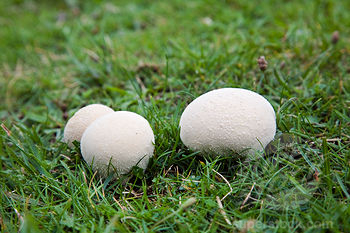
Puffballs in a field.
In the midwest we also had wild raspberries, strawberries and blackberries to feast upon, as well as long forgotten orchard trees to forage some not-so-wild food from. There was a patch of plum trees near my grandmothers house that has since been overtaken by the forest. My mother also loved to prepare fiddlehead ferns for a special spring treat!
More recently, my mother and I have foraged in her backyard for some lovely spring treasures: Blonde Morels! Wild Ramps! Fiddleheads! The last time we did this we estimated that we had found nearly $200 worth of wild edibles in about an hour. We scarfed it all down, happily. There are many other lovely spring delicacies and medicinals out there, most of which I haven’t utilized but definitely should (stinging nettles, garlic mustard, wild ginger, blood root, yarrow, burdock root, and many, many more).
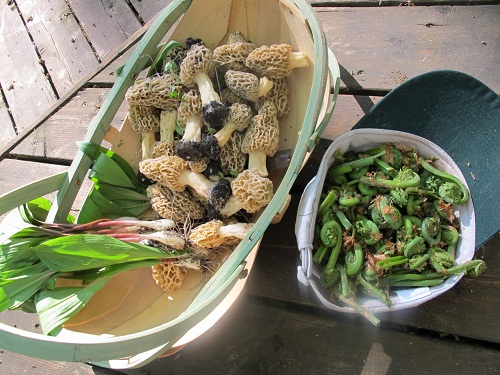
Part of our most recent spring findings!
As you are all well aware, it is not spring anymore, so the foraging has shifted. We are now in the season of the berry, late mushrooms and wild grains! The rose bushes whose petals we once used to garnish salads are now bearing nearly ripe rose hips. The watermelon berries are blood red and the nearest thing to a watermelon I’ll have anytime soon, the currants provide a tartness most closely resembling the HFCS laden candy: Sourpatch Kids (TM). The highbush cranberries, high in antioxidants, will make yummy ketchup and jams in the coming months. The blueberries, whose success was questioned due to low temps during this Alaskan summer, were out in full force during a hike we took yesterday to a nearby park. The next few weeks will prove to ripen them up, hopefully we will forage for multiple pails’ full!
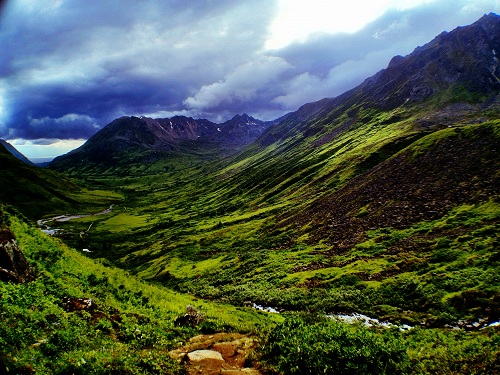
These Hatcher Pass Hills will yield billions of berries (per my estimate, at least)!
Like I said before, I am a novice forager, and I only gather what I can easily and absolutely identify. While field guides help, I still stay away from many mushrooms and berries. It is great to know people who have years of experience in identifying the good and the bad, but for now, I will stick with the few I know and only gather others with the my more experienced acquaintances.
This monster Amanita Muscaria might not kill you–but it could and it will definitely make you feel unwell physically and mentally.
As for the opening quote of this blog article, I actually LIKE to toil in the sun! Also, with conscious and conscientious farming techniques, farmed food is definitely not less nutritious. While Harlan does argue that we work more for a less dependable food source, some argue that agriculture arose to help supplement the often capricious nature of nature. And yes, we have invited some famines, plagues, pestilence and crowded living conditions…I have no argument against this (especially with recent famines world wide, droughts in the lower 48, and all of the slugs we’ve had to deal with on Alaskan farms). We must usually deal with our human made problems with human made solutions. That’s why many agricultural movements are moving towards models that more closely resemble nature. While we can’t wholly do that, it is well worth trying! Plus, we might get some wild edibles out of the deal.
Do you forage to supplement your diet? What’s your favorite wild edible?
Until next time, my fellow Farmgirls! Sending you peace and love,
Alex


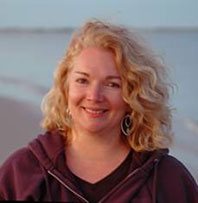


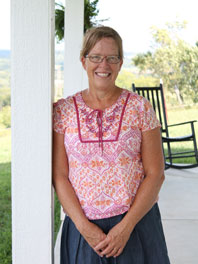
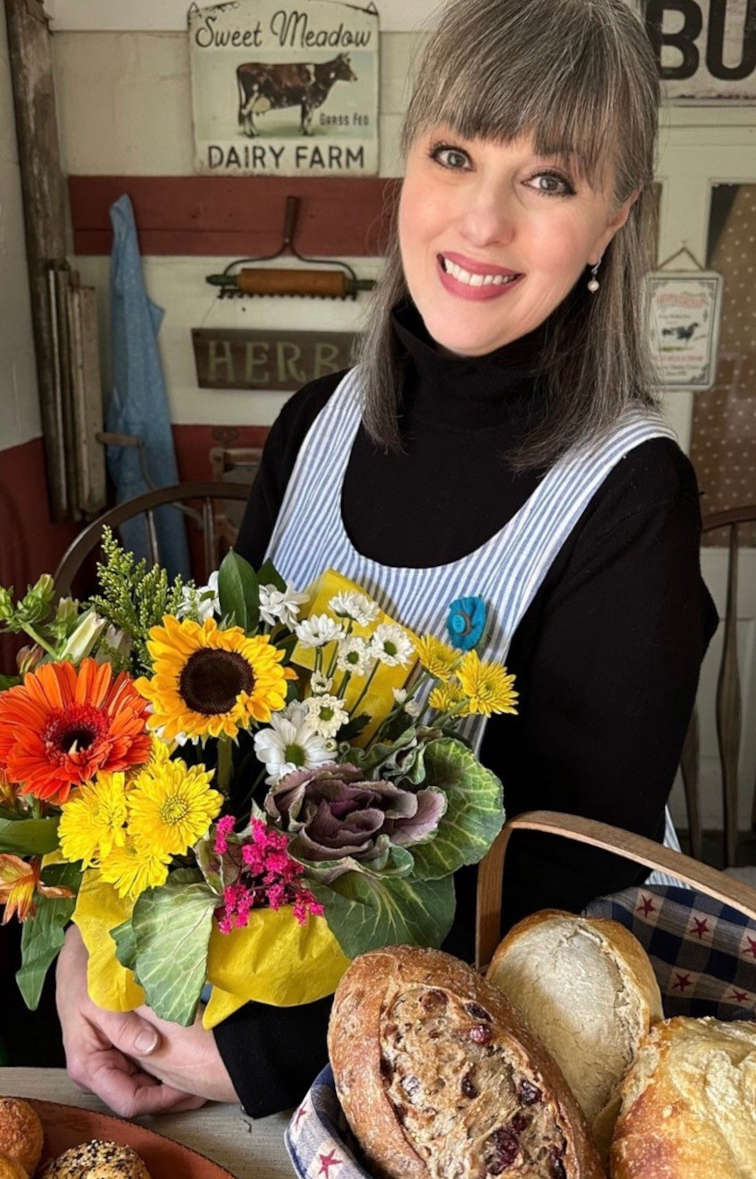
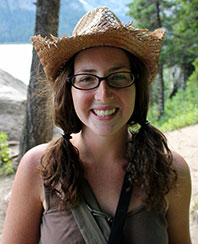
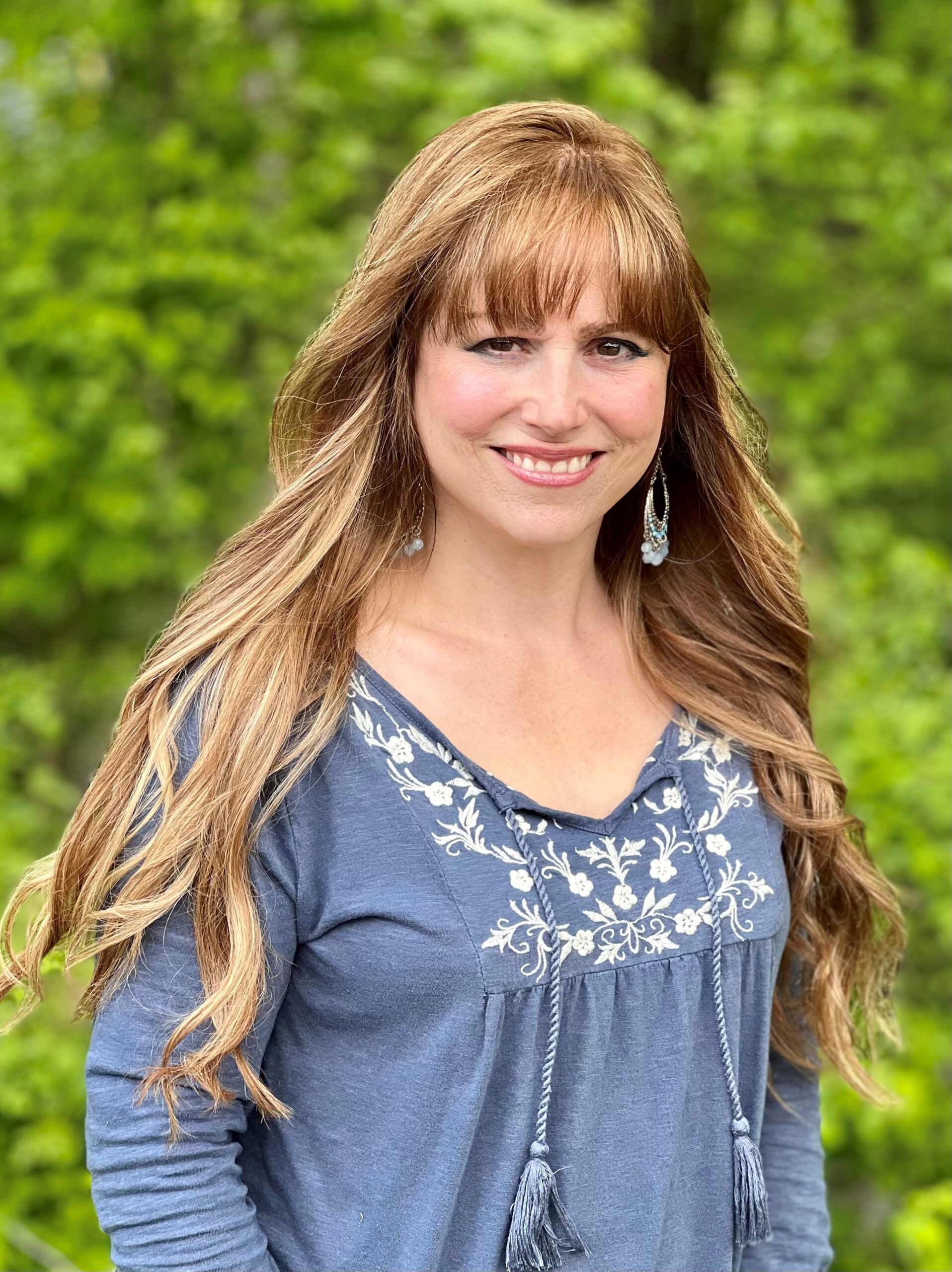


I live in So. Cal in a VERY dry area, but here are a few things we find here that are good; wild radish, prickly pear cactus,mallow and miners lettuce along with nettles in wetter areas. My favorite is nettle. when it is cooked up in a soup it tastes like cream of asperagus soup to me…yum!
At the beginning of spring, we have wild blackberries. There are large wild brambles everywhere. The birds and I squabble over them vigorously! We usually have some pretty good mushrooms but not so much this year because of the dryness. Wild sage, mint, and other herbs are usually abundant. I love fresh "stuff" whether cultivated or wild.
I always enjoy your blog so much! Including this one. I’m aware of many edible and medicinal plants in my area (including in our own woods and growing wild in our garden area), yet I’ve barely used them. I really want to get into it and make use of what’s there! So, your posting inspires me to do so.
While I’m here, I have a question for you or anyone else reading this: does anyone know if only certain species of ferns are edible in the fiddlehead form? Or are all fiddleheads edible? I’ve been having trouble finding the answer. Alexandra – maybe your friend Henry could help me with this one? 🙂
Checkout Backyard Harvest, Fallen Fruit and other websites for urban foraging ideas.
I live in Ketchikan and I consider myself a hunter gatherer and gardener. I love picking rhubarb, Fireweed and spruce tips for jelly, red huckleberries, blueberries, high brush cranberries, salmonberries, wild strawberries, raspberries and salal. I make jams,jellies and syrups for my growing extended family. This year I am making 4 oz jars of jams and jellies for my wedding favors. We have lots of mushrooms here in Ketchikan too but I don’t know enough about them to pick them.
I loved your blog post about slugs too. This year they were extremely bad in our garden. They ate our green beans and beets even after using Corry’s slug death. I even found them on the branches of the raspberries and huckleberries I have been picking this year!
So glad to met another Alaska girl who enjoys foraging! Have a great winter!
I’m sort of surprised that I haven’t found any educational type blogs about GMO’s… would love to see this topic spread like wildfire and for people to have their eyes opened. Thanks in advance for any consideration of this topic 🙂